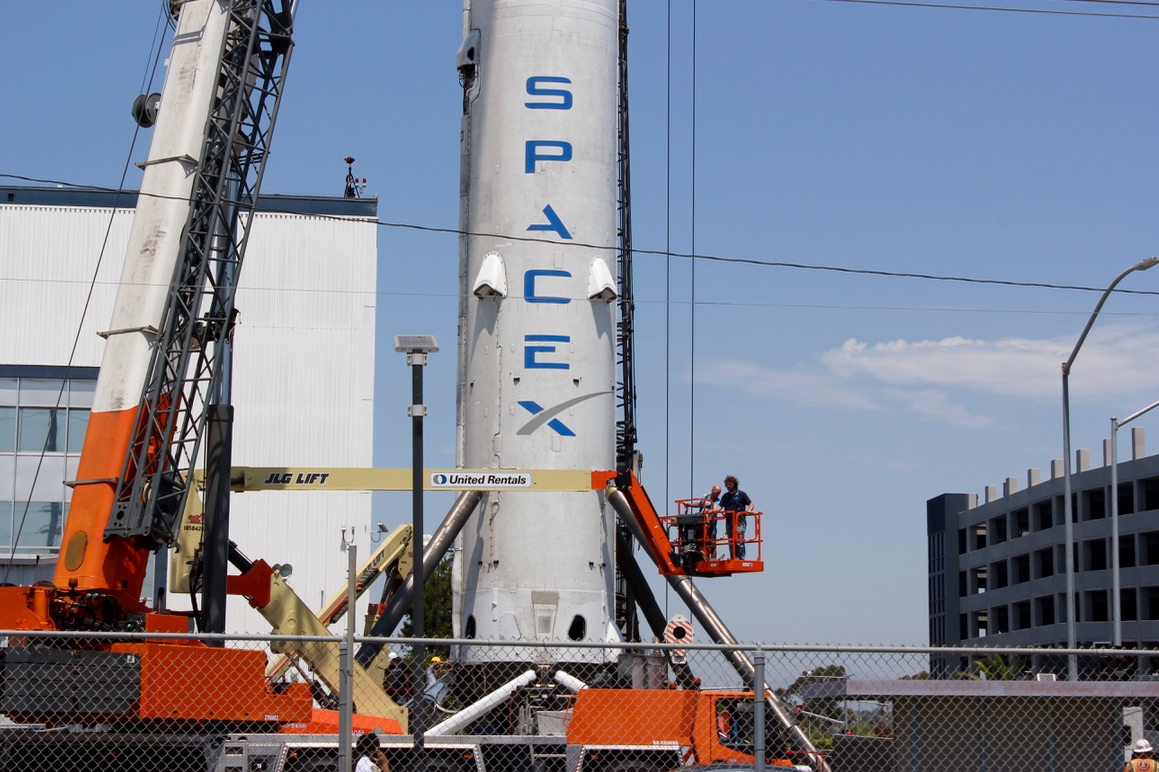After months of whirling questions and nervous anticipation, SpaceX has finally submitted its official investigation report to the U.S. Federal Aviation Administration (FAA) detailing the causes of the September 1, 2016 anomaly and explosion, costing the company its rocket and entire customer payload. SpaceX’s launch activities have been on hold ever since; a potential December 16, 2016 return to flight was delayed from the pending submission of the anomaly report at the time.
Updated: SpaceX postpones launch date by one day to Monday, Jan. 9
Targeting return to flight from Vandenberg with the @IridiumComm NEXT launch on January 8. Update: https://t.co/15yMaiobpX
— SpaceX (@SpaceX) January 2, 2017
Immediately following the explosion, an investigation team was assembled to support SpaceX’s review efforts including officials from the FAA, NASA, and the National Transportation Safety Board (NTSB) as well as industry experts to pour through all available data before conclusions were submitted. The determination? Buckles in the helium tank plus friction. Probably. Almost certainly.
To summarize, there are three helium tanks (called composite overwrapped pressure vessels, or COPVs) inside the Falcon 9’s second-stage liquid oxygen tank. One of the helium tanks failed (leaked/cracked/burst) during fueling, causing the massive explosion seen on the launch pad.
While a single, conclusive cause of failure was not identified, enough evidence was found to narrow the culprit to liquid or solid oxygen that was caught between the outer (carbon overwrap) shell of the tank and the inner aluminum liner which had buckled underneath. Once pressurized, friction was created where the buckled liner gaps occurred, causing the COPV/helium tank to fail.
SpaceX will be adjusting its fuel loading procedures to prevent any potential reoccurrence of the issue in the meantime, and will work towards design changes for future flights.
If the required launch license is granted and weather and technical systems are “go”, Falcon 9 will lift off from Vandenberg Air Force Base, California on January 8 carrying the first ten Iridium NEXT constellation satellites. Iridium responded from its official Twitter account that it was “pleased” with the launch date announcement.
“Iridium is pleased with SpaceX’s announcement and targeted launch date of January 8 for the first #IridiumNEXT launch. #NEXTevolution https://t.co/zWdkK8FrLG
— Iridium Corporate (@IridiumComm) January 2, 2017
Over the last month, Iridium has come across as one excited customer. Prior to SpaceX’s latest launch date announcement, the official Iridium Twitter account announced that its Iridium NEXT satellite payload had been packed up into the Falcon 9 fairing as part of pre-launch preparation.
Milestone Alert: The first ten #IridiumNEXT satellites are stacked and encapsulated in the Falcon 9 fairing. #NEXTevolution @SpaceX pic.twitter.com/W3Sz067pbt
— Iridium Corporate (@IridiumComm) December 29, 2016
Satellites have been fueled, pressurized & dispenser tiers are being stacked as we move closer to first launch #IridiumNEXT #NEXTevolution pic.twitter.com/eVYS7OI6kz
— Iridium Corporate (@IridiumComm) December 27, 2016
Iridium has also shown great support for SpaceX as a partner despite the accident investigation that had been previously pending.
Iridium's @Falcon9_rocket in processing at @VandenbergAFB, getting ready for our launch in early Jan. Progress! #Thistimeitsforreal! pic.twitter.com/vIgw60RQuZ
— Matt Desch (@IridiumBoss) December 16, 2016
We support @SpaceX announcement today to extend the 1st #IridiumNEXT launch date into early January. https://t.co/xpj7RnWoGO
— Iridium Corporate (@IridiumComm) December 7, 2016
After the Iridium launch, SpaceX will move on to its very busy, catch up manifest which will include the first use of renovated historic Launch Complex 39A at NASA’s Kennedy Space Center in Florida.











